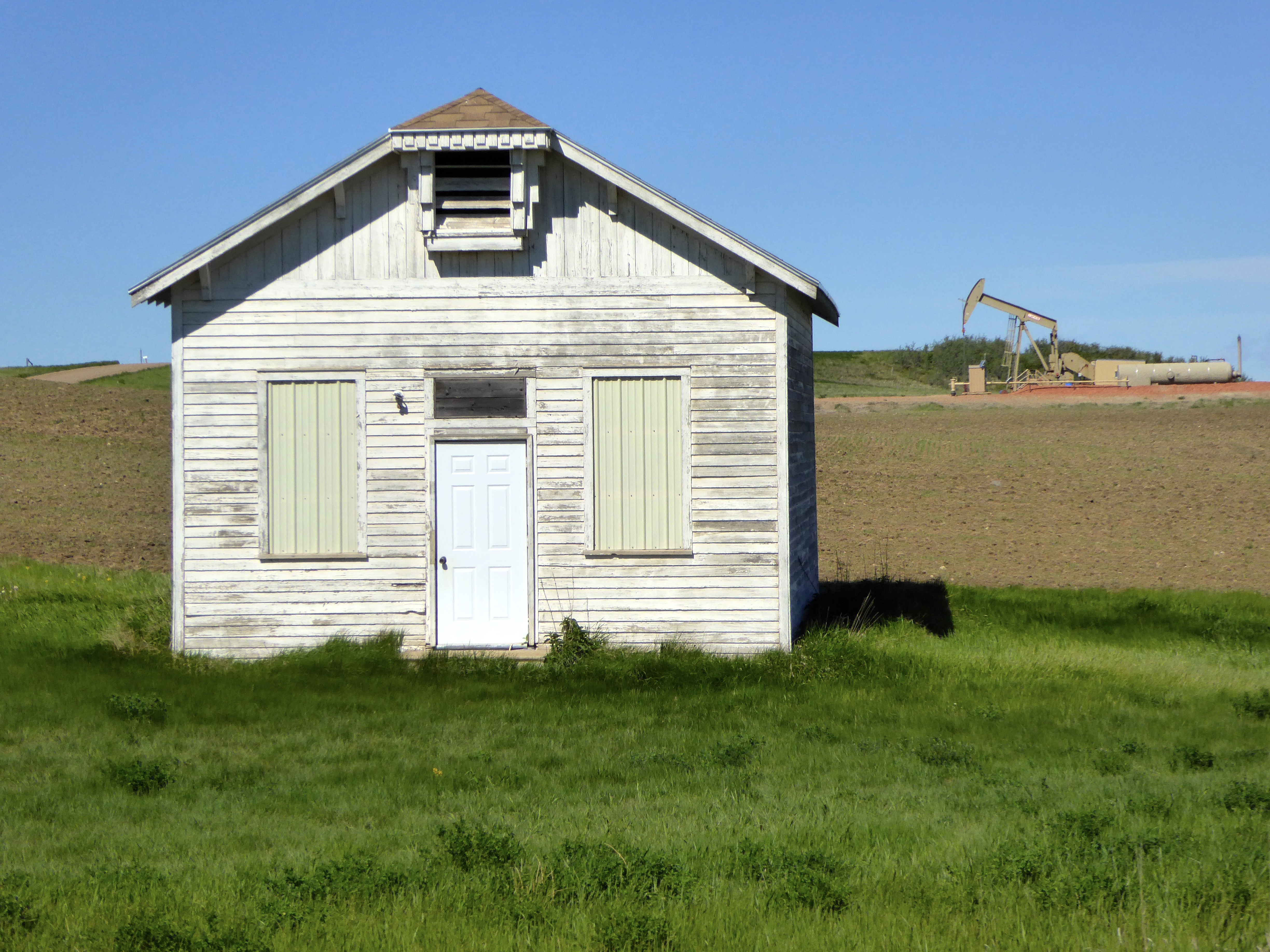Unit 2: What is an Energy-Impacted Community?
In this course we will work to set the scene and provide context for future research projects in communities that have been impacted by the discovery of new energy sources or rapid expansion of energy development. We will often refer to these areas as energy-impacted communities. Specifically, much of the data on which this course is based comes from social science research in communities that have grown rapidly upon the discovery of oil and/or gas in shale deposits below the ground. Many of these communities were very small, rural towns, and in most cases, the discovery of extractable resources led to lots of change quickly.
For example, Williston, North Dakota experienced a 70% increase in population between April 2010 and July 2018 - from 15,940 people to 27,096 (U.S. Census data). Meanwhile, Watford City, North Dakota experienced a 294% increase in population over that same time period, growing from a population of only 1,797 in 2010, to over 7,000 in 2018 (U.S. Census data).

Energy extraction near Watford City, North Dakota.
